How should CHAKA coffee be roasted in Banchi Maggie Rosa Village, Ethiopia?
Professional coffee knowledge exchange more coffee bean information please follow the coffee workshop (Wechat official account cafe_style)
The editor likes the bean CHAKA from Rose Xia Village recently.
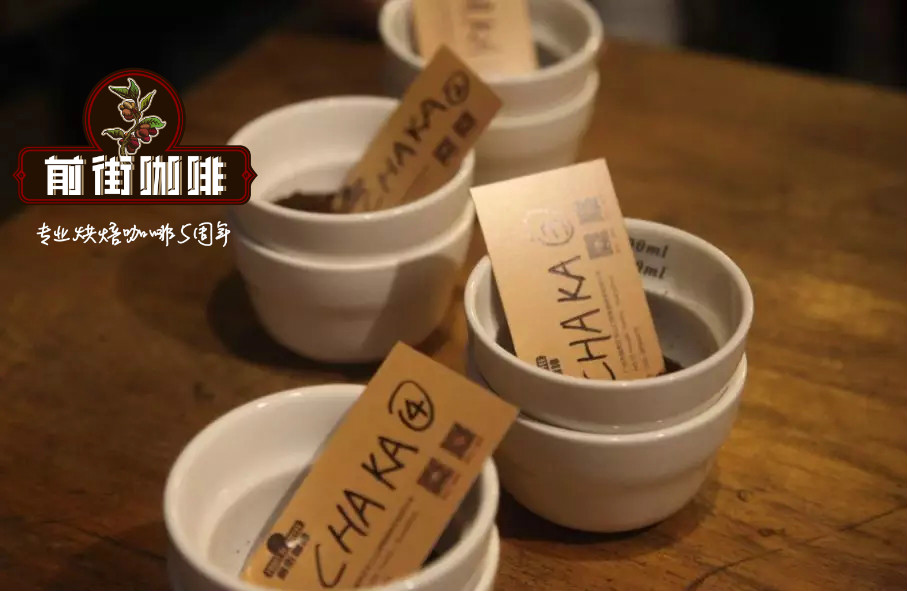
This is a rose summer mix made by Rose Village Manor, which is made up of three varieties: Gori Rosa, Rose Xia Village 1931 and Illubabor (the local disease-resistant variety of Ethiopia). This bean is treated in the sun.

So how should we bake when we get such a bean?
This bean is made up of several rose summers. in order to highlight the aroma and rich flavor levels of summer roses, the baking method of increasing fire and promoting fragrance at the turning yellow point is selected for baking. Two different baking degrees were tested (550g baking quantity).
The roaster is Yang Family Pegasus 800N. Due to the usual production needs, we chose the baking quantity of 550 grams into beans.
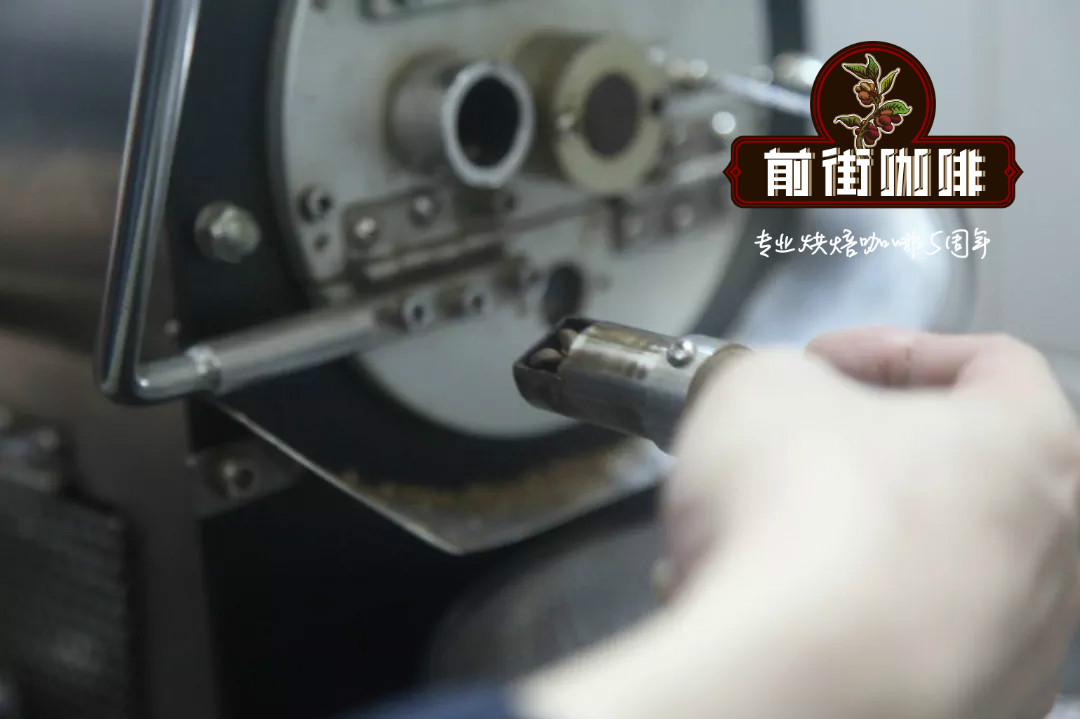
Input bean temperature is 190 ℃, only change bean temperature and development time:
[curve one]
The yellowing point is 6 minutes, the temperature is 148.2, the first explosion point is 8: 42, the temperature is 182.7, the temperature is 1: 45 after an explosion, and the temperature is 196.6.
[curve two]
The yellowing point is 6 minutes, the temperature is 150.1, the first explosion point is 9: 09, the temperature is 183.7, the development is 2: 05 after one explosion, and the temperature is 198.1.
[cup test]
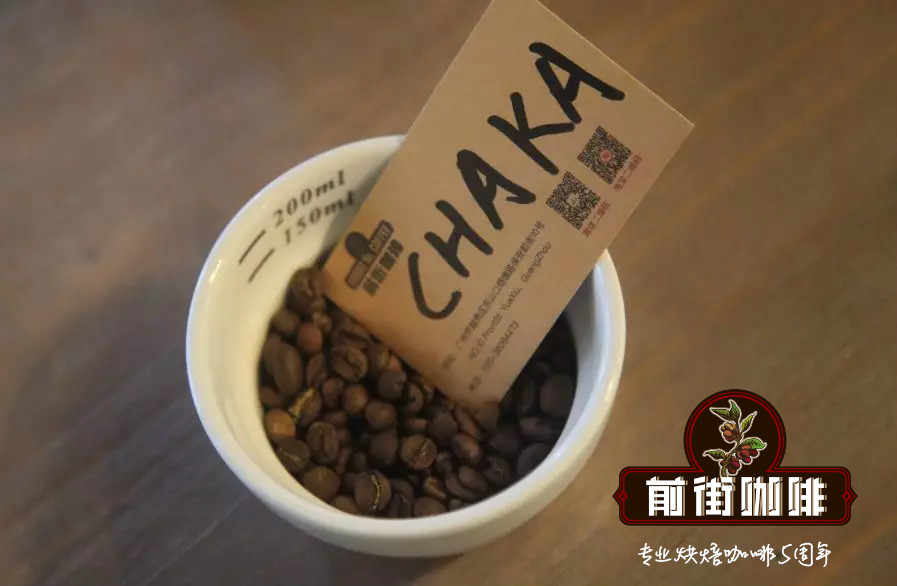
[curve one] smells of fermented wine and tea, with citrus, berries, lemon, black plum, cream and sugar flavors when sipped; [curve two] smells of fermented wine, sipping with citrus, lemon, grapefruit, nuts and almonds, but with obvious smoky, baked toast.
By measuring these two curves, we found that shallow roasting to moderate roasting would be more suitable for this bean and could highlight its aroma, but both curves would more or less have a sour feeling and lack of flavor. so we analyzed that it should be due to increased firepower in the dehydration stage and accelerated the speed of dehydration, resulting in uneven dehydration of the roasted coffee. So during the adjustment, we decided to bake in a gradual cooling way, baking two furnaces respectively, with the goal of shallow baking and moderate baking.
Input bean temperature 190 ℃, only change the development time and outlet temperature:

[curve one]
The yellowing point is 5: 40, the temperature is 149.6, the first explosion point is 9: 05, the temperature is 182.6, the temperature is 1: 45 after an explosion, and the temperature is 194.5.
[curve two]
The yellowing point is 5: 40, the temperature is 148.5, the first explosion point is 9: 08, the temperature is 181.4, the temperature is 1: 28 after an explosion, and the temperature is 192.5.
[cup test]

[curve one] smells of fermented berries and citrus, with citrus, orange, berry, lime, licorice, cream and almond flavors when sipped; [curve two] smells of fermented, floral and brown sugar sweetness, with tropical fruit, citrus, lime, berry, fruit tea and cream flavours in the mouth.
After cup test and comparison, we feel that although [curve one] and [curve two] are similar in flavor, the overall performance of [curve two] will be rich in flavor, and the performance of sweet and sour feeling is also good, so we chose [curve two]:
Roaster Yangjia 800N (baking capacity 550g)
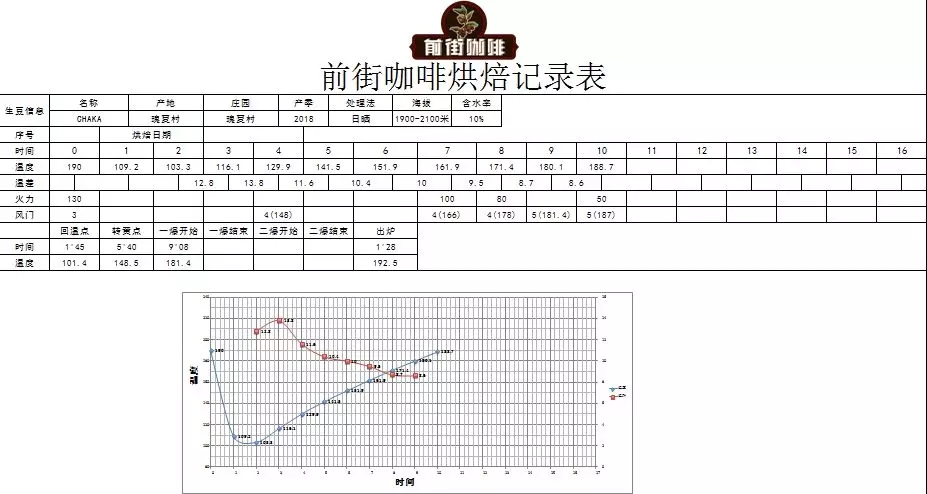
The furnace temperature is 190 degrees Celsius, the throttle is opened to 3, the firepower is 130, and the temperature recovery point is 1: 39 / 45 ". When the furnace temperature is 148℃, the throttle is opened to 4166 ℃ and the firepower is adjusted to 100. the throttle is unchanged, and the firepower is adjusted to 80 at 178℃, the throttle remains unchanged.
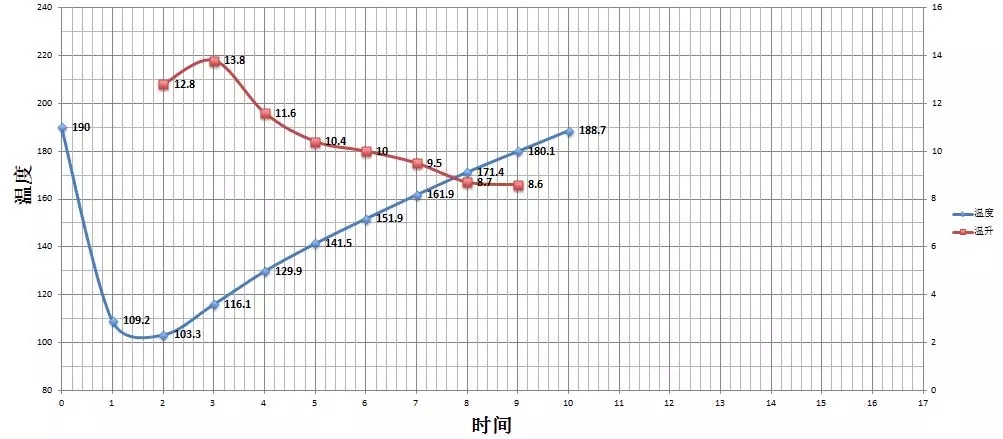
The smell of toasted bread has obviously changed to the smell of coffee, which can be defined as a prelude to an explosion. At this time, it is necessary to listen carefully to the sound of the explosion point. When the sound of the explosion starts, the throttle should be adjusted to 5 (the tuning power should be very careful, not so small that there is no burst sound), and the smell of baked bread will obviously change to the smell of coffee, which can be defined as a prelude to an explosion. It should be boiled at 192.5 degrees Celsius.

Agtron bean color value is 78.4 (above), Agtron pink value is 91.9 (bottom), Roast Delta value is 13.5.

1. The flavor description varies from person to person and will be affected by water temperature and cooking method. This cup test report provides the same cooking utensils and parameters, according to the description defined by the flavor wheel, in order to provide reference.
two。 The content will be revised in time according to the new information, and the latest update shall prevail.
[hand-made suggestion]
Suggested cooking method: hand flushing

Filter cup: HARIO V60
Water temperature: 90 ℃
Degree of grinding: BG 5R (pass rate of Chinese standard No. 20 screen 58%)
Powder / water ratio: 1:15
Cooking technique: stage-by-stage extraction

Steam with 30 grams of water for 30 seconds (you can end the steaming when you see the coffee powder surface changing from reflective to matte). When the small water flow is injected to 126 grams, wait for the water level to drop to 225 grams when the powder bed is about to be exposed. Remove the filter cup when the water level drops and is about to expose the powder bed. (steaming starts) the extraction time is 1: 53.
END
Important Notice :
前街咖啡 FrontStreet Coffee has moved to new addredd:
FrontStreet Coffee Address: 315,Donghua East Road,GuangZhou
Tel:020 38364473
- Prev
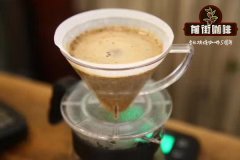
Flavor characteristics of Costa Rican Coffee in Coffee producing area main varieties and introduction of Tara Pearl producing area
Costa Rica, located in the Central American isthmus, the coffee beans produced at high latitudes are famous in the world, full-bodied, mild in taste, but extremely sour. The coffee beans here have been carefully processed, which is why there is high-quality coffee. Costa Rica, located in the south of SanJos, the capital of Talasu, is one of the most important coffee growers in the country. Goss.
- Next

Jamaica CLYDESDALE Klitz Manor Coffee introduces the recommended roasting degree of Jamaican coffee
For more information on coffee beans, please follow the history and situation of Jamaican coffee in the coffee workshop (Wechat official account cafe_style). The history of Jamaica and coffee can be traced back to the early 18th century. In 1717, King Louis XV of France ordered coffee to be grown in Jamaica and Governor Nicholas in the mid-twentieth century. Sir Lloyd (Nichol
Related
- Detailed explanation of Jadeite planting Land in Panamanian Jadeite Manor introduction to the grading system of Jadeite competitive bidding, Red bid, Green bid and Rose Summer
- Story of Coffee planting in Brenka region of Costa Rica Stonehenge Manor anaerobic heavy honey treatment of flavor mouth
- What's on the barrel of Blue Mountain Coffee beans?
- Can American coffee also pull flowers? How to use hot American style to pull out a good-looking pattern?
- Can you make a cold extract with coffee beans? What is the right proportion for cold-extracted coffee formula?
- Indonesian PWN Gold Mandrine Coffee Origin Features Flavor How to Chong? Mandolin coffee is American.
- A brief introduction to the flavor characteristics of Brazilian yellow bourbon coffee beans
- What is the effect of different water quality on the flavor of cold-extracted coffee? What kind of water is best for brewing coffee?
- Why do you think of Rose Summer whenever you mention Panamanian coffee?
- Introduction to the characteristics of authentic blue mountain coffee bean producing areas? What is the CIB Coffee Authority in Jamaica?

